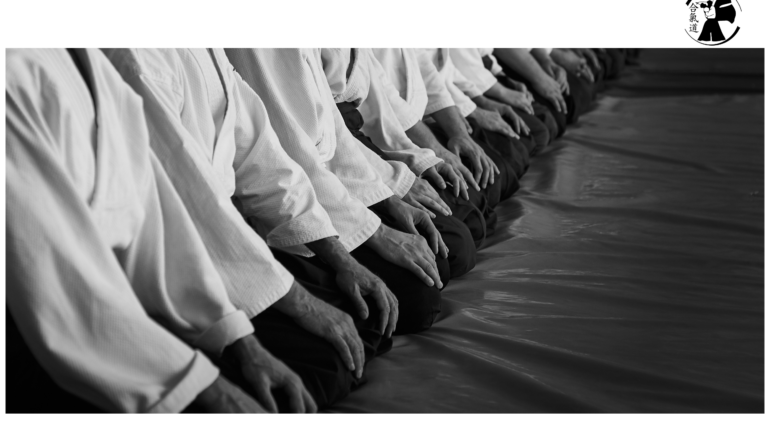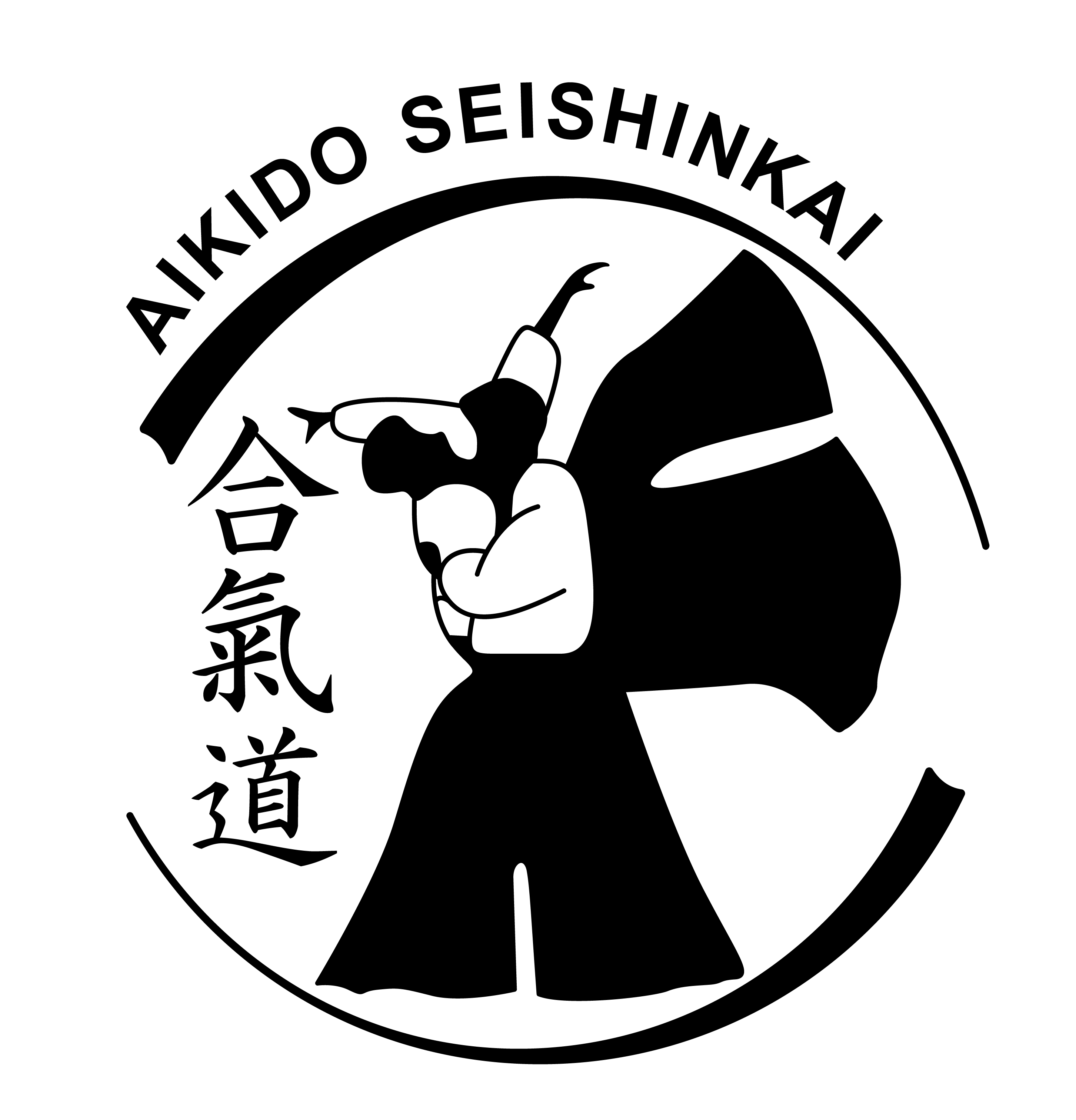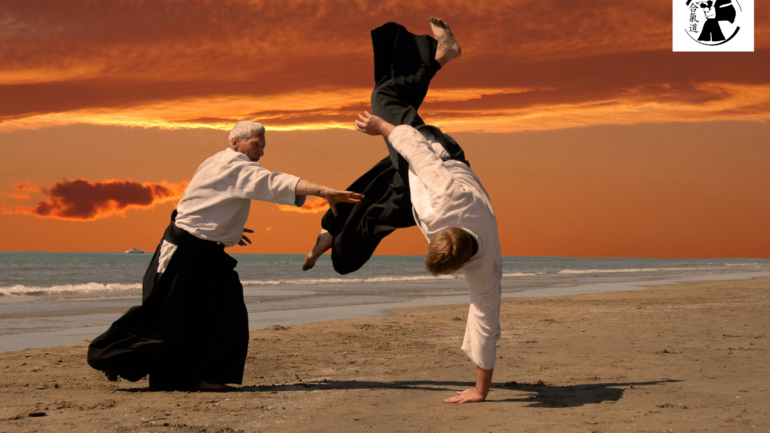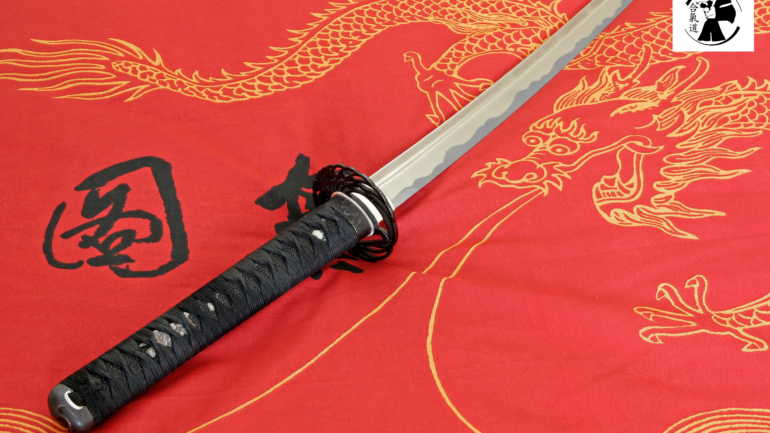Keiko and Renshuu are two terms that usually come out in English as “practice”. However, they are not interchangeable. In fact, they should be constantly combined. As one instructor explained, etymologically, renshuu looks like this:練習 (れんしゅう) – the…











